Dartmoor Archaeology
Gaining insight into the moor's ancient history
When you gaze out across Dartmoor’s high moorland and empty wild spaces, it is hard to believe that you are looking at a landscape that has been managed for over six thousand years. Dartmoor’s first occupants were hunter-gatherers and, all over the moor, you can find archaeological evidence of our occupation of the land, right from the first ancient hunting communities, all the way through to today’s hill farmers and visitors. It is this sense of history that makes Dartmoor such an exciting and interesting place to explore.
Mesolithic Dartmoor (10000 BC – 4000 BC)
At this time, Dartmoor was covered with trees, which provided hunting opportunities for roaming groups of people. These people slowing started making clearings in the trees because this made hunting easier. Their flint tools are still occasionally found on Dartmoor today.
Neolithic Dartmoor (4000 BC – 2500 BC)
Tree felling on Dartmoor continued and more open spaces for grazing stated to appear. Some of Dartmoor’s oldest burial monuments were constructed including stone rows, standing stones, stone circles, burial chambers and burial mounds.
Bronze Age Dartmoor (2500 BC – 0700 BC)
As more Dartmoor communities settled in one place, more of Dartmoor’s trees were cleared and large areas of land were made available for domestic livestock and crops. We know that a greater population moved onto Dartmoor at this time because we have found so much archaeological evidence and remains including:

- Round Houses and Settlements
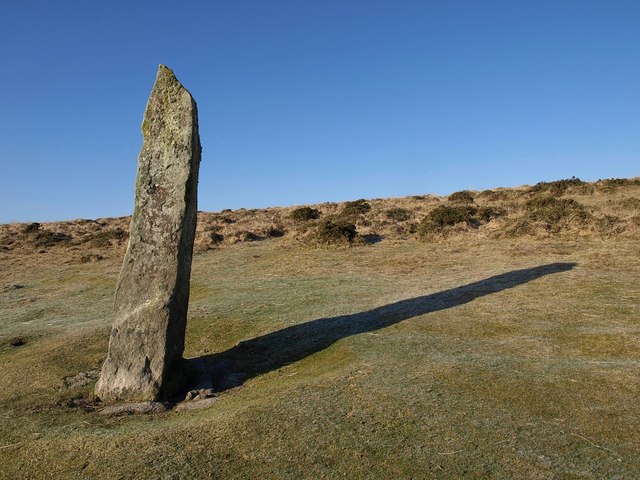
- Standing Stones (Menhirs)
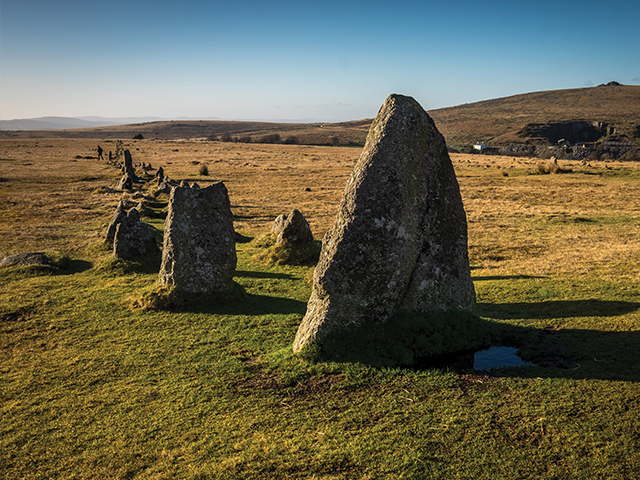
- Ceremonial Stone Rows and Stone Circles

- Stone Tombs (kistvaens or cists)
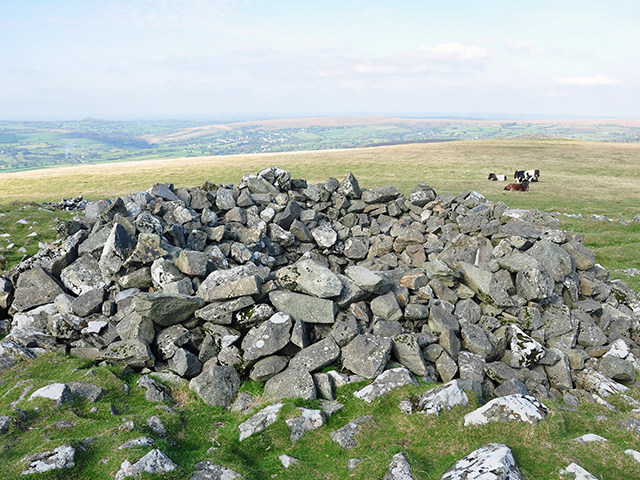
- Stone Burial Mounds (cairns)
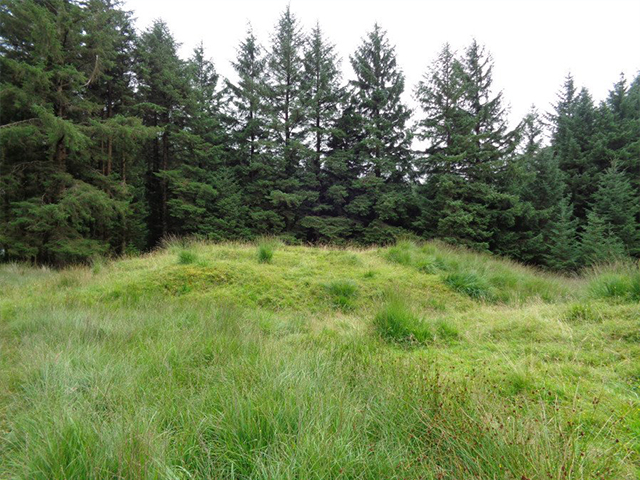
- Earth Burial Mounds (barrows or tumuli)

- Field Boundaries (reaves)
Iron Age Dartmoor (0700 BC – 0043 AD)
As the Iron Age approached, Dartmoor’s population was on the move again and many communities moved down from the highest reaches of moorland to its edges. This move was partially prompted by climate change but social factors also played a part and, as settlements started to require protection from marauding neighbours, hill forts were built.
Saxon Dartmoor (0600 AD – 1066 AD)
The time after the Roman’s had left Britain was a time of turmoil that saw major changes, including the conquering of Devon by the European Saxons. Most of Dartmoor’s existing communities were invaded and replaced by the villages that we know and love today.
Middle Age Dartmoor (1066 AD – 1500 AD)
During this time Dartmoor was once again affected by climate change and warmer weather saw farming communities settling in longhouses on the higher edges of the moor. Towns also prospered as Dartmoor’s ability to provide both tin and wool saw the emergence of lucrative industries. Both of these industries had significant impact on the appearance of the moorland with sheep grazing changing the vegetation and tin streaming requiring the digging of trenches and redirection of water. As you walk across Dartmoor, most of the bigger dips and troughs you see in the land are the result of tin streaming and later, deeper digging.
Dartmoor’s Developing Industries
Tin continued to shape the landscape of Dartmoor, and underground mines eventually replaced deeper surface tin workings. The last working tin mine on Dartmoor was Golden Dagger Mine, which closed in the 1930s. Farming became more formalised and dry stone walls enclosed more and more areas as requirements for better grazing increased. As Britain moved into the Industrial Revolution and Victorian Eras, new industries thrived. Evidence can be found across the moor of:
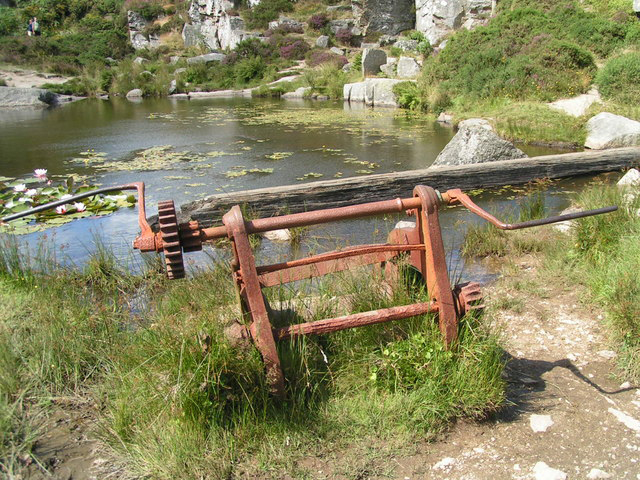
- Granite Quarrying - Haytor
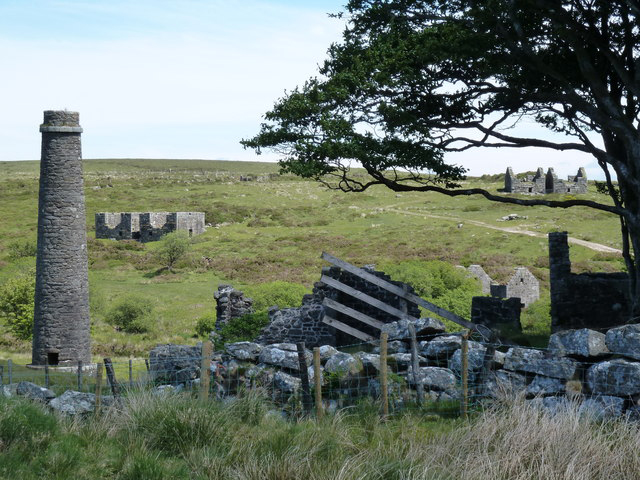
- Gunpowder Manufacture - Powdermills

- Ice Manufacture - Sourton Tors
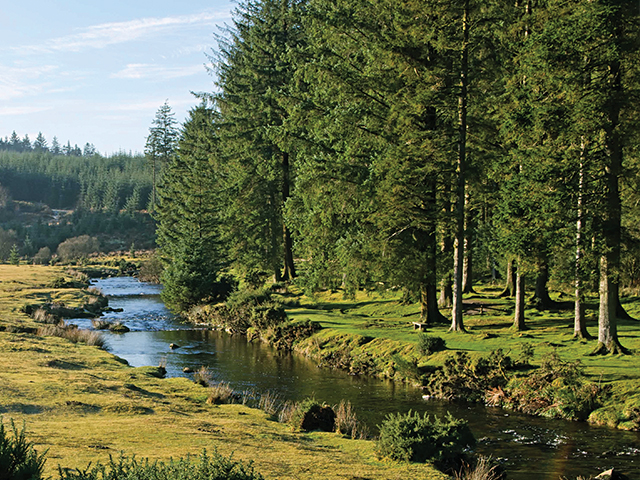
- Forestry - Bellever Forest

- Water Movement and Storage - The Devonport Leat

- Naptha Extraction - Shipley Bridge
Bronze Age Remains on Dartmoor
If you would like to visit Bronze Age remains, you are in luck. Dartmoor has the largest concentration in the UK and, although many of them, such as the more recently discovered stone circle near Sittaford Tor and the cist (tomb) at Whitehorse Hill, are in remote locations on the High Moor, others are more accessible and offer a fascinating glimpse into our sophisticated ancestors.
Standing Stone
- Name: Loughtor Man
- Grid Reference: SX 652 753
- Parking: Dunnabridge B3357
- Walk Distance: 3 kilometres
- Nearby: Dunnabridge Pound (stock enclosure)
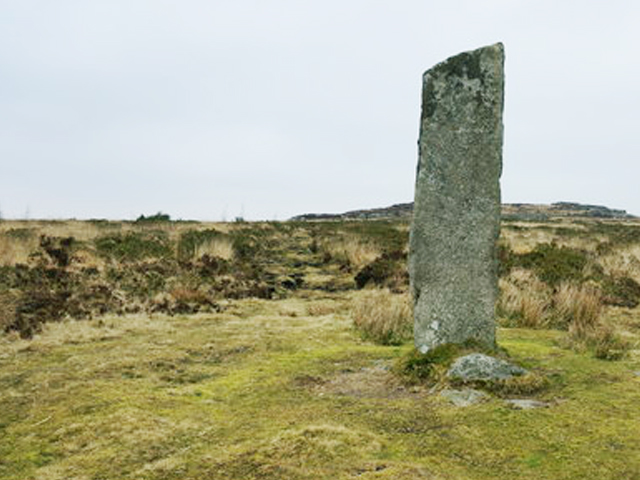
Stone Circle
- Name: Fernworthy Circle
- Grid Reference: SX 654 841
- Parking: Fernworthy Reservoir (toilets)
- Walk Distance: 5 kilometres
- Nearby: Teighead Farm (ruins)

Settlement
- Name: Grimspound
- Grid Reference: SX 700 808
- Parking: Challacombe Cross B3212 (very limited road parking below Grimspound)
- Walk Distance: 5 kilometres
- Nearby: Hameldown barrows (burial mounds)
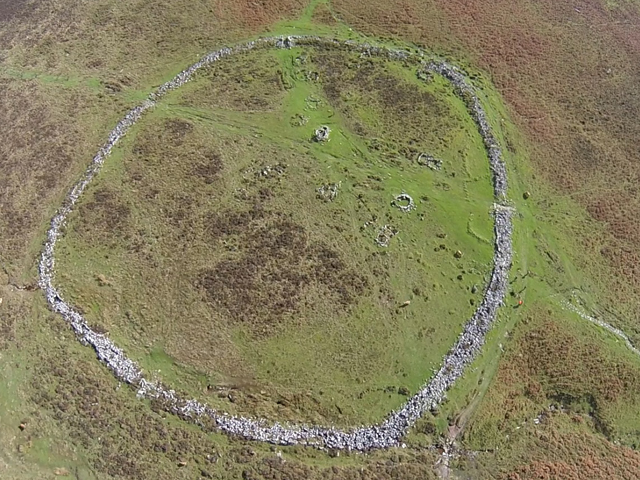
Medieval Remains on Dartmoor
In these medieval settlements, Dartmoor’s inhabitants lived in one end of their homes and kept their animals in the other.
Settlement
- Name: Hound Tor
- Grid Reference: SX 746 787
- Parking: Hound Tor (signposted off the B3387)
- Walk Distance: 1 kilometre
- Nearby: Hound Tor rocks
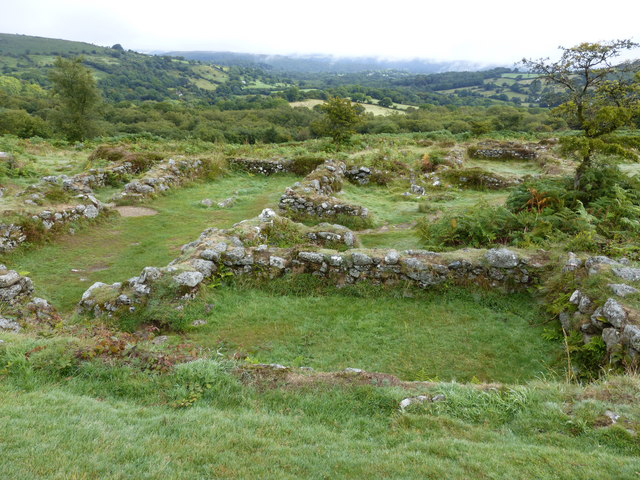
Tin Mining Remains on Dartmoor
Evidence of early tin mining can be found in almost every Dartmoor valley
19th Century Mining
- Name: Eylesbarrow Tin Mine (shafts and building remains)
- Grid Reference: SX 598 681
- Parking: Princetown (toilets)
- Walk Distance: 12 kilometres
- Nearby: Nun's Cross (stone cross)
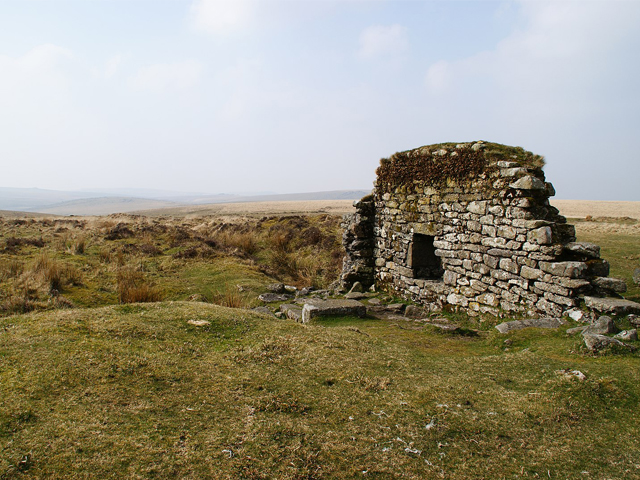
Granite Quarrying Remains on Dartmoor
Granite from Dartmoor quarries can be found in famous London landmarks, such as Nelson’s Column and London Bridge (now in Arizona).
- Name: Haytor Quarries
- Grid Reference: SX 759 774
- Parking: Haytor Visitor Centre (toilets)
- Walk Distance: 2 kilometres
- Nearby: Haytor granite tramway (Templer Way)
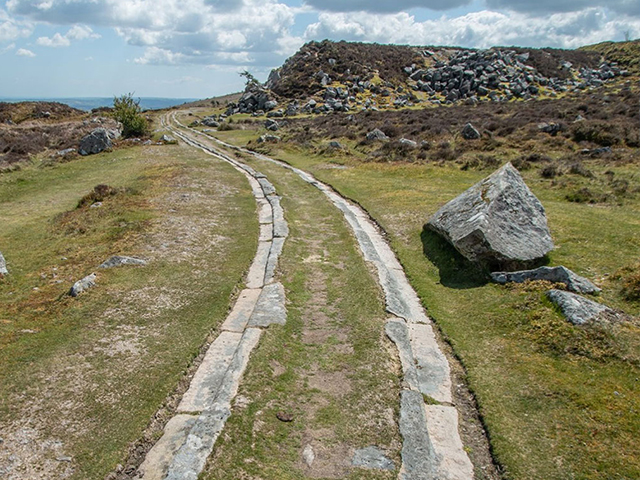
Further information about Dartmoor archaeology
Dartmoor archaeology has been carefully studied and archived. For further reading we recommend:
- Dartmoor National Park - Human Timeline of Dartmoor
- Dartmoor National Park - Dartmoor Heritage
- Dartmoor National Park - Top Ten Archaeological Sites
- The Field Archaeology of Dartmoor - Paperback
- The Dartmoor Preservation Association

